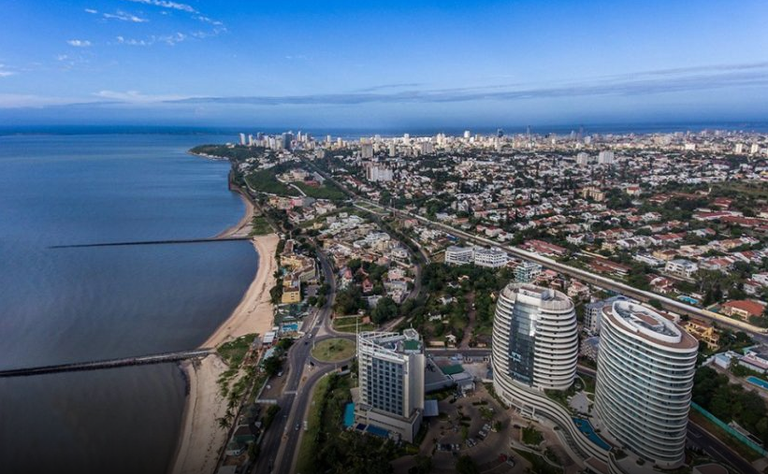
Nearly a decade ago, discoveries of world-class deposits of natural gas created a boom mentality in Mozambique, says James Swan, an American diplomat and former Foreign Service Officer operating in Africa.
Time Magazine in 2010 described East Africa as a ‘bonanza just waiting to be tapped, one of the last great frontiers in the hunt for hydrocarbons.’ Kenya’s Nairobi Business Daily likened the fevered exploration of the region to a ‘gold rush’. A study by accounting firm Ernst & Young quoted reports of East Africa as ‘the new promised land’ and the ‘next epicentre for global natural gas.’
Beginning in 2010, Mozambique’s offshore Rovuma gas fields quickly impressed major hydrocarbons exploration and production firms. ‘Natural Gas Investors Flock to Mozambique Amid Big Discovery,’ the Pittsburgh Post-Gazette reported. Italian oil company ENI trumpeted its ‘giant natural gas discovery.’ Anadarko Petroleum described Mozambique’s gas deposits in 2011 as potentially ‘one of the most important natural gas fields discovered in the last ten years.’
The southeast African country of Mozambique has copious natural resources and a 2,700-kilometre Indian Ocean coastline affording ready access to major Asian markets, and yet it remains one of the ten poorest nations in the world. Its growth was stunted from the 1960s through the early 1990s by a violent struggle for independence, ill-planned transition from Portuguese colonial rule, and 15-year civil war. Since emerging from conflict and embarking on market-based economic reforms in the early 1990s, Mozambique has made great strides politically and economically.
Over the last 20 years, a series of large-scale foreign investments have been made in agribusiness, aluminium, coal, logistics, and onshore natural gas, demonstrating the viability of private sector investment projects in the country. The Mozal aluminium smelter, Moatize coal mine, Nacala Logistics Corridor, and SASOL on-shore natural gas facility all plan expansion of production in the coming several years. The government is also preparing a tender for a new 2,400-megawatt hydro-electric project on the Zambezi River that would more than double Mozambique’s existing hydro-electric generating capacity.
The 2009-2010 discoveries of an estimated 165 trillion cubic feet of natural gas in the Rovuma basin offshore northern Mozambique have the potential to transform the economy and rapidly develop the country. As an indication of their scale, the net present value of the offshore gas deposits is estimated at about 50 times Mozambique’s GDP. Italian petroleum company ENI was the first to announce its Final Investment Decision (FID) to develop ‘Area 4’ of the Rovuma Basin. ENI plans to invest more than $8bn in a Floating Liquefied Natural Gas (FLNG) platform projected to begin operations in late 2022 or early 2023. Anadarko and Exxon Mobil have also indicated plans for even larger investments in onshore LNG facilities but have not yet reached FID.
While there is no doubt that production from the gas deposits – the third largest in Africa – could have transformative impact on the development of Mozambique, some initial estimates of the timing and extent of benefits appear to have been over-sold. With most production scheduled to begin in the mid-2020s, the revenues that will accrue to the government will start flowing even later and peak only in the late 2030s.
While the outlook for development of these large-scale, transformative projects remains favourable, investors and international development banks caution that the Mozambican government must continue to address a number of potential risks. These risks include historical problems of corruption, high debt loads, weak government administrative capacity, maritime and coastal insecurity, and the need for skilled development planning to avoid the disruptive economic effects of the ‘resource curse’ that often results from unbalanced extractives-led investment.
In response to corruption concerns, the government has joined the Extractive Industries Transparency Initiative (EITI) and initiated other anti-corruption reforms. These efforts include the publishing of a ‘National Development Strategy’ and ‘Gas Master Plan’ to guide the use of future revenues and the proposed creation of a Sovereign Wealth Fund to diversify national investments and preserve a nest-egg for future generations. However, the Mozambican government has substantial further work to do on these issues if this world-class gas discovery is to benefit the Mozambican people.
Key Sectors
Over the past two decades, Mozambique has attracted widespread investor interest as a result of its improved governance and political stability, economic reforms, significant endowment of natural resources, and prime geographic location offering preferred access to Indian Ocean trading routes to major Asian and European markets. Since the end of its civil war, Mozambique has welcomed investors for large-scale projects, including aluminium smelting, coal production, hydro-electric power generation, and natural gas production. The 2009-2010 discovery of an estimated 165 trillion cubic feet of natural gas reserves in the Rovuma basin off-shore Cabo Delgado prompted global petroleum firms to turn to Mozambique as a major prospect for future Liquefied Natural Gas (LNG) production. In addition to extractives projects over the past 20 years, Mozambique has also pursued large-scale agri-business and forestry investments and built logistics corridors designed to serve existing mining projects as well as landlocked neighbours (Malawi, Zambia, and Zimbabwe) seeking access to Indian Ocean ports.
Agriculture
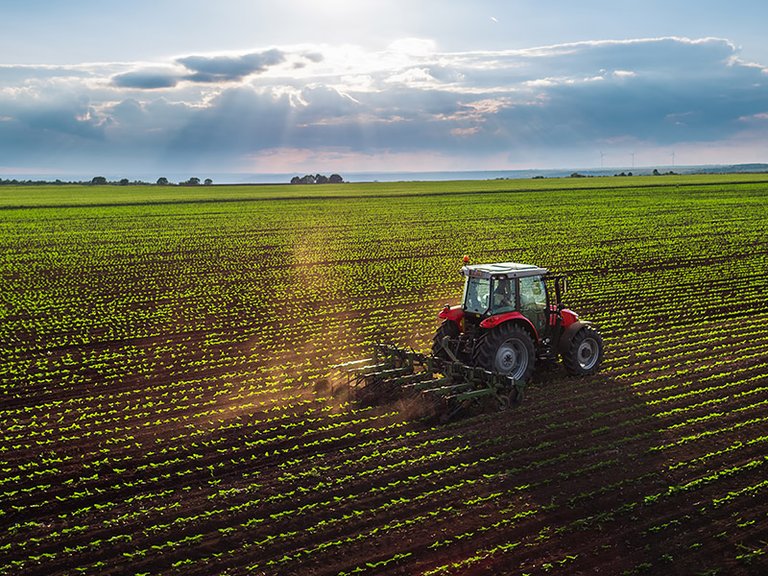
Despite the excitement over extractive opportunities, the agricultural sector still accounts for nearly 30 percent of GDP and engages some 80 percent of the national labour force, mostly in subsistence farming. Prompted by the government’s agricultural development plan, there have been international investments in cash crops, including bio-fuels, cashews, fruits, sugar, and tobacco. Investors are predominantly from South Africa, Zimbabwe, and the United Kingdom. In addition, the Brazilian and Japanese governments financed the ‘PROSAVANA’ project to promote private sector agricultural investments in northern Mozambique.
Aluminium
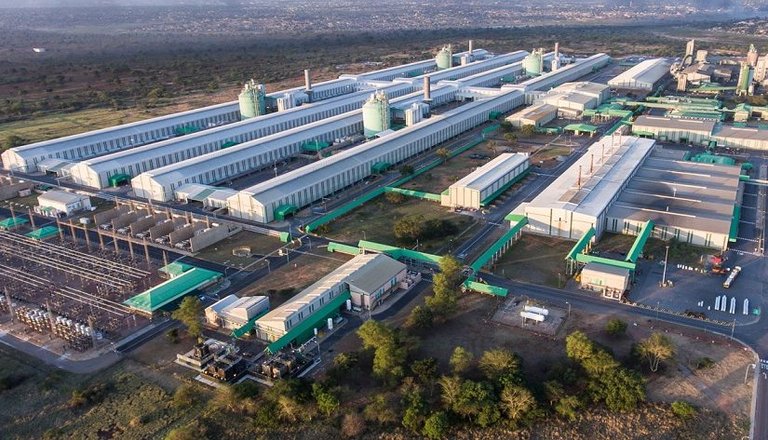
The Mozal Aluminium smelter, constructed between 1998 and 2000 just outside the Mozambican capital Maputo, benefits from access to hydro-electric power as well as a deep-water port for both raw material imports and finished aluminium exports. The project’s shareholders are South32 of Australia, Mitsubishi of Japan, and the Industrial Development Corporation of South Africa, along with the government of Mozambique. The smelter has capacity for more than 500,000 tons of production per year, making Mozal the second largest producer in Africa. The firm has announced plans for further expansion through 2024.
Coal
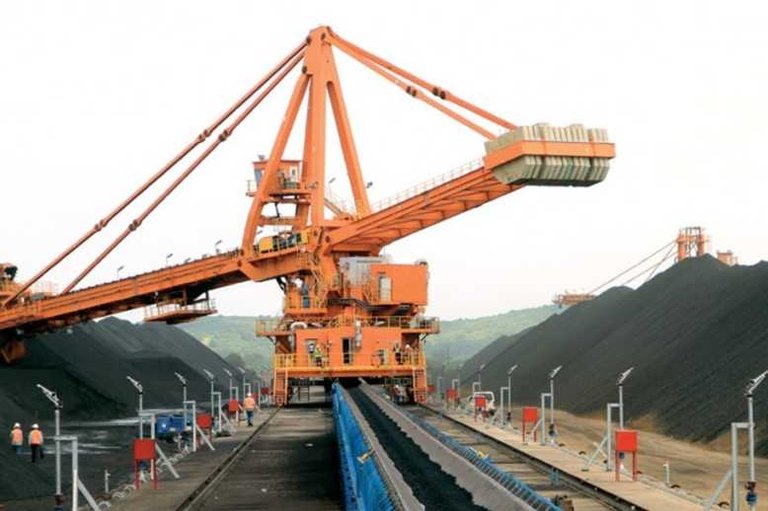
With Mozambican coal reserves estimated at 24 billion tons, the Moatize coal mine in Tete province has been in production since 2011. Much of its output is coking coal, prized as a key metallurgic component in steel production. The thermal coal that is mined could in the future also support power generation in Mozambique. Vale of Brazil is the project’s 81 percent majority shareholder, with Mitsui of Japan and Mozambican shareholders holding smaller stakes. With levels of approximately 15 million tons per year in recent years, Vale has announced plans to increase production to 20 million tons by 2021.
Hydro-electric power
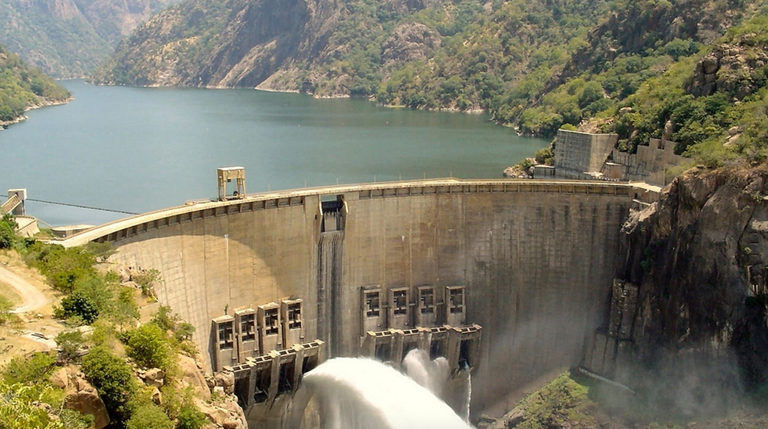
Mozambique’s segment of the Zambezi River includes more than half of the river system’s estimated 20,000 megawatts (MW) of hydro-electric potential. The Cahora Bassa Dam in the northern Tete province was completed in the late 1970s and has a capacity of 2,075 MW. About 60 percent of production is exported to South Africa over a 1,400-kilometer transmission line. The Mozambican government has begun preparations to issue an international tender for the new Mphanda Nkuwa dam, which is expected to generate a further 2,400 MW in two phases.
Forestry
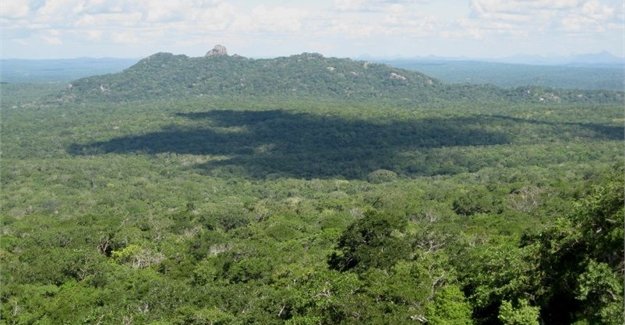
Nearly half of Mozambique’s land area is forested, and rare hardwoods have been particularly coveted by Asian buyers. Increasingly concerned by illegal logging and rapid deforestation, over the past five years the government has introduced a number of reforms to the industry. These have included a requirement that licensed forest companies transform logs into cut lumber before export, as well as an outright ban on harvesting or export of certain specific tree species. The logging industry is assessing the impact of these reforms on operations and profitability.
Leisure and tourism
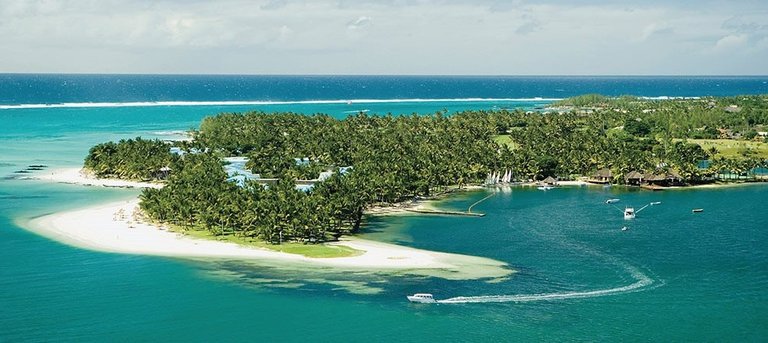
The World Travel and Tourism Council estimates that tourism may directly account for more than 3 percent of Mozambique’s GDP, with projections that the current level of about 2.5 million visitors per year could increase to more than 3.5 million within a decade. Most visitors currently come from neighbouring South Africa. The sector also expects to benefit from increased business travel as other investments expand in Mozambique. However, while Mozambique offers pristine beaches, offshore islands, wildlife parks, and eco-tourism potential, growth in the sector will need to overcome the challenges of distance, cost of travel, and still-limited services.
Logistics
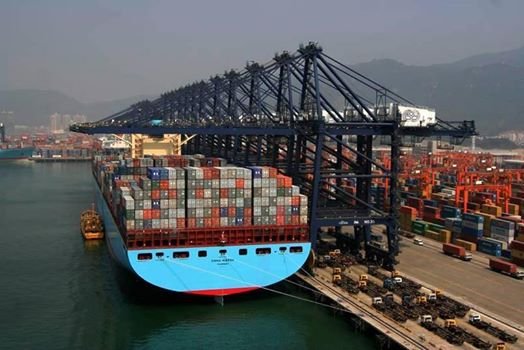
Mozambique’s deep-water ports at Beira, Nacala, and Maputo offer significant potential to provide logistics and shipping services for landlocked neighbours such as Zambia, Malawi, and Zimbabwe. The Nacala Logistics Corridor, begun in 2012 and developed by Vale and Mitsui primarily to support their coal exports, is the most advanced logistics project to date. This corridor includes a 912-kilometre railway line through Malawi and some 600 hectares of port-related infrastructure built at a cost of $7bn, with capacity for the port to handle coal, general cargo, and passenger services.
Natural gas (current production)
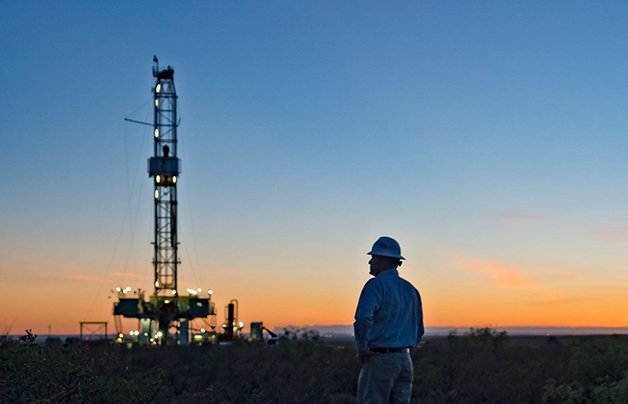
Current levels of on-shore natural gas production in southern Mozambique’s Inhumbane province are operated by the South African power company SASOL. Between two-thirds and four-fifths of the current output of about 6 billion cubic meters per annum are exported to neighbouring South Africa via an 865-kilometre pipeline, with the remainder of the gas used for domestic consumption. SASOL, whose production in the province began in 2004, continues exploration with a view to increasing production. The Mozambique Electric Company (EDM) is meanwhile building a 106-megawatt plant near Maputo to use this gas for local power generation.
Natural Gas (Future offshore prospects)
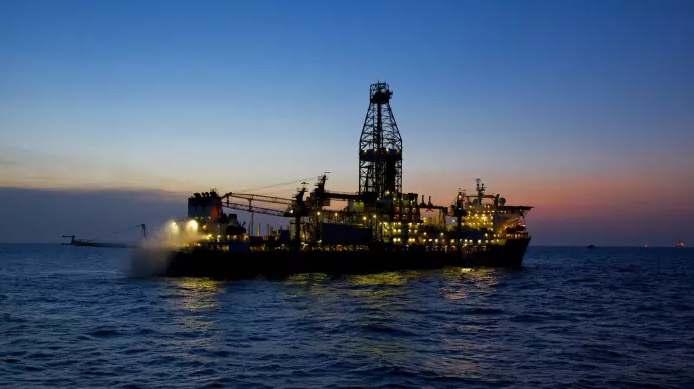
Discoveries made in 2009 and 2010 in the Rovuma Basin offshore Cabo Delgado in far northern Mozambique revealed natural gas deposits of as much as 165 trillion cubic feet – the third largest reserves in Africa, after Nigeria and Angola. Italian petroleum company ENI, which holds acreage in the ‘Area 4’ block of Rovuma, announced in 2017 a Final Investment Decision to proceed with a more than $8bn project to build 6 subsea wells and a floating Liquefied Natural Gas (LNG) plant, with capacity to produce about 3.4 million tons per year. ENI has projected production will begin in mid-2022, although other analysts suggest this may slip into 2023. ENI has secured a 20-year off-take agreement with British
Petroleum for purchase of planned production.
ExxonMobil farmed into ENI’s ‘Area 4’ holdings in December 2017, acquiring a 25 percent stake, and announced its intent to build and operate an onshore LNG plant with two LNG production trains at an even greater investment than that of ENI’s Coral South FNLG. Separately, Anadarko acquired acreage in ‘Area 1’ and also announced plans to build and operate an onshore LNG plant. While projections vary, it appears that if both Area 1 and Area 4 are developed along the lines presented by the major petroleum firms, the total foreign direct investment could exceed $50bn. To date, however, neither ExxonMobil nor Anadarko has announced its Final Investment Decision (FID). ExxonMobil has stated publicly that it has identified sufficient off-takers to proceed to FID and indicated a potential start to production in 2024.
Projects currently underway for development of these world-class offshore natural gas reserves are of a scale that could have transformative economic impact on the Mozambican population. The discounted net value of the offshore gas discoveries represents about 50 times Mozambique’s current GDP. Once the new gas projects come online, GDP per capita is expected to increase more than tenfold to $4,450 by 2035.
In the euphoria of the initial discoveries, both investors and analysts alike sometimes engaged in overly optimistic assessments of both the speed and magnitude of the contributions of the new gas developments to the Mozambican economy and treasury. An industry analysis in 2012 touted Mozambique’s emergence as ‘a new giant in natural gas.’ An October 2011 Financial Times report cited ENI’s assurances that production could begin as early as 2016. Even as late as 2014, Mozambique’s President was still projecting first cargo by 2018. A January 2016 IMF report more cautiously assumed a 2021 start to production then went on to project GDP growth could reach 24 percent per year between 2021 and 2025 and estimated total fiscal revenues through 2045 could be $500bn (as compared to the government’s current annual budget of nearly $5bn).
Following their initial announcements, major petroleum companies have moved forward more deliberately on these offshore gas projects. Even after having made its FID in 2017, ENI’s production from its offshore FLNG site at Coral South is now not expected before late 2022 or early 2023. Analysts note that many factors weigh on the future profitability of, and hence government benefits from, these projects. While medium-to-long-term global demand for natural gas appears favourable, especially in India and other Asian markets, uncertainties regarding alternative sources of supply and competition could affect future price levels.
Under the Petroleum Export Concession Contract (EPCC) it signed with the firms, Mozambican Government revenues from the projects are heavily ‘back-loaded,’ with the government receiving a relatively smaller share of benefits during the early years of production. A recent detailed analysis of the terms for ENI’s Coral South project noted that the government has provided a tax-holiday with reduced corporate tax rates than normal for the first eight years. Moreover, other government revenues would be sharply reduced in early years as the investors recoup their prior exploration and development costs. Finally, even the government’s 10 percent equity stake in the project will not initially generate income, as the government must first reimburse the private sector developers for its share of investment costs plus interest. Based on this analysis, the period of peak revenue flows to the Mozambican government would not begin until the late 2030s.
Risks and Responses
While international financial institutions, development banks, and private investors continue to highlight the prospects for rapid economic growth and development in Mozambique, they also note several important risks to be addressed.
Corruption
Throughout its post-independence history, Mozambique has suffered from high levels of corruption, including at senior levels of government, where there has long been a blurring of lines among the state, the ruling party, and private commercial interests. Transparency International characterises the situation as one of ‘endemic corruption’ that is ‘estimated to have cost the country nearly $5bn between 2002 and 2014.’ More recently, allegations of unreported sovereign debts have attracted the attention of donors and international financial institutions; this case is now before the courts.
In response to widespread perceptions of corruption and fears it could increase with the massive investments expected in the natural gas and other sectors, the Mozambican Government has undertaken a number of reformative measures. In 2012, it became a full member of the Extractive Industries Transparency Initiative (EITI). Around the same time, the government introduced a package of anti-corruption measures and has been working closely with the World Bank and bilateral donors to improve its public financial management systems.
The government has also provided baseline information to the Voluntary Principles on Security and Human Rights, an international body focused on encouraging and monitoring best practices among extractive industries. More recently, Mozambique became one of the few African countries to agree to a second ‘African Peer Review Mechanism’ report on its governance and public sector management. This report was presented to African Heads of State in March 2019, and the government announced a ‘National Plan of Action’ to address findings that ‘administrative, human, financial and infrastructure capacity’ is lacking in the judiciary and legislature to properly oversee executive branch actions.
Debt
After qualifying for HIPC debt relief in 1999, Mozambique regrettably has seen its overall external debt rise again. The most recent African Development Bank (AfDB) Economic Outlook report for Mozambique describes its debt situation as ‘unsustainable.’ The debt-to-GDP ratio is set to reach 102.5 percent of GDP in 2018 according to the financial rating agency Fitch. Financial pressure on the government has further increased with suspension of Mozambique’s IMF programme and direct financial support in 2016 as well as significant declines in Official Development Assistance (ODA) from key donors. Hence, Mozambique’s current debt situation will make it difficult – or at least much more costly – to borrow against future projected gas revenues in order to help its population in earlier years.
Government Administrative Capacity: The planned mega-projects will entail the arrival of thousands of foreign workers, importation of prodigious quantities of equipment and materiel, and increased demands for government services to facilitate corporate activities. Hence, there is growing concern over the ability of the government administration to meet these demands– from issuing visas and work permits, clearing imports through customs, and performing necessary inspections and approvals for business operations.
Maritime and coastal security
With its 2,700-kilometre coastline, Mozambique has been of interest as part of international and southern African efforts to improve maritime security in the Western Indian Ocean. Incidents of piracy in the early 2010s underscored the need for improvement. While Mozambique has participated in joint patrols with South Africa and Tanzania in the Mozambique Channel and has shared information with Western partners (e.g., with the United States through Maritime Domain Awareness centres), Mozambican forces’ overall coastal security capability remains limited. A 2017 report by the South African Institute for Security Studies noted that the entire Western Indian Ocean region ‘is still far away from having its own independent Maritime Domain Awareness structure.’
Onshore, there has been a worrying recent uptick of trafficking in humans, drugs, and minerals, centred in the Cabo Delgado area. The region has recently earned the moniker ‘Heroin Coast,’ with Mozambican authorities seemingly unable to put an end to these criminal activities. The emergence of a putative ‘Islamist insurgency,’ which may be operating primarily as a criminal network, has also contributed to fears of insecurity in an area that will be central to future development of the natural gas sector. While some 50 violent attacks have been recorded since October 2017, killing more than 170 people, so far there have been no foreigners targeted and no claims of responsibility made by any specific terrorist organisation or other group.
Political stability
Prior to the 2014 elections, the main opposition movement, RENAMO, returned to low-level military activity in its stronghold in the central provinces of the country, disrupting transportation and government services from early-2013 until mid-2014. While this renewed, albeit low-intensity, conflict has largely ceased, it was a worrying reminder that important political actors remain dissatisfied with the progress of democratic openness in the country and retain military capability. Mozambique’s political parties are now primarily focused on national and provincial elections scheduled for October 2019. Opposition parties are concerned that, even if they win at the local level, the national government will continue to retain decision-making authority, undercutting opportunities for decentralized governance. Such issues may result in further security and political tensions during and/or after the elections.
Resource curse
As with many historical examples of countries that experienced rapid resource-driven economic growth, there is concern that a gas-led boom could distort the Mozambican economy, causing currency appreciation that then renders other economic sectors uncompetitive. Linked to the long history of corruption in Mozambique, there is also the risk that resource-generated revenues will be siphoned for personal gain and not used to the benefit of the Mozambican people.
The government has taken a number of steps to ensure that the expected rapid macro-economic growth ensures benefits for the population. For example, it has prepared a Gas Master Plan specifically to make strategic choices about how best to use the resource windfall. The Government has also published a National Development Plan to focus on pro-poor economic development priorities and stated its intent that a portion of incoming revenues will be channelled directly to social priorities such as health and education. Additionally, the President has also announced plans to create a Sovereign Wealth Fund so that national investments are diversified, and revenues benefit future generations. These planning documents represent a good start but will require assiduous follow-up to ensure successful implementation.
Conclusion
Mozambique’s trajectory since the end of its civil war has been broadly positive. Over the past two decades, investments across a range of sectors have been spurred by Mozambique’s relative political stability and its copious natural resources and access to Indian Ocean trade routes. A solid portfolio of major investments in aluminium, coal, logistics, on-shore natural gas, and other sectors is testimony to the ability of committed investors to succeed in Mozambique.
Commercial development of world-class offshore gas deposits has the potential to be a game-changer for Mozambique. However, the extent of the opportunity and the timeline for its development were somewhat over-sold during the initial euphoria of the gas discoveries in 2009 and 2010. With most production projected to start in the mid-2020s, and the main revenue flows to national coffers even later, Mozambique has time to prepare for this coming windfall. The Government has made progress but must continue to do more to counter corruption, manage its debt, improve government capacity, enhance maritime and coastal security, and ensure that the eventual revenue windfall truly benefits the Mozambican people.
This article originally appeared on Africa Briefing at: Mozambique